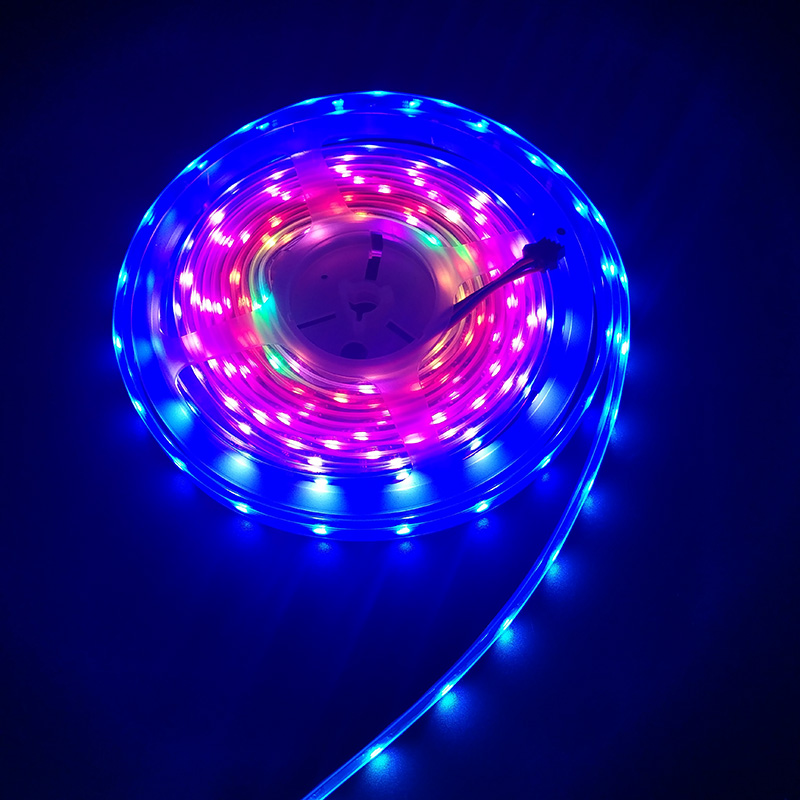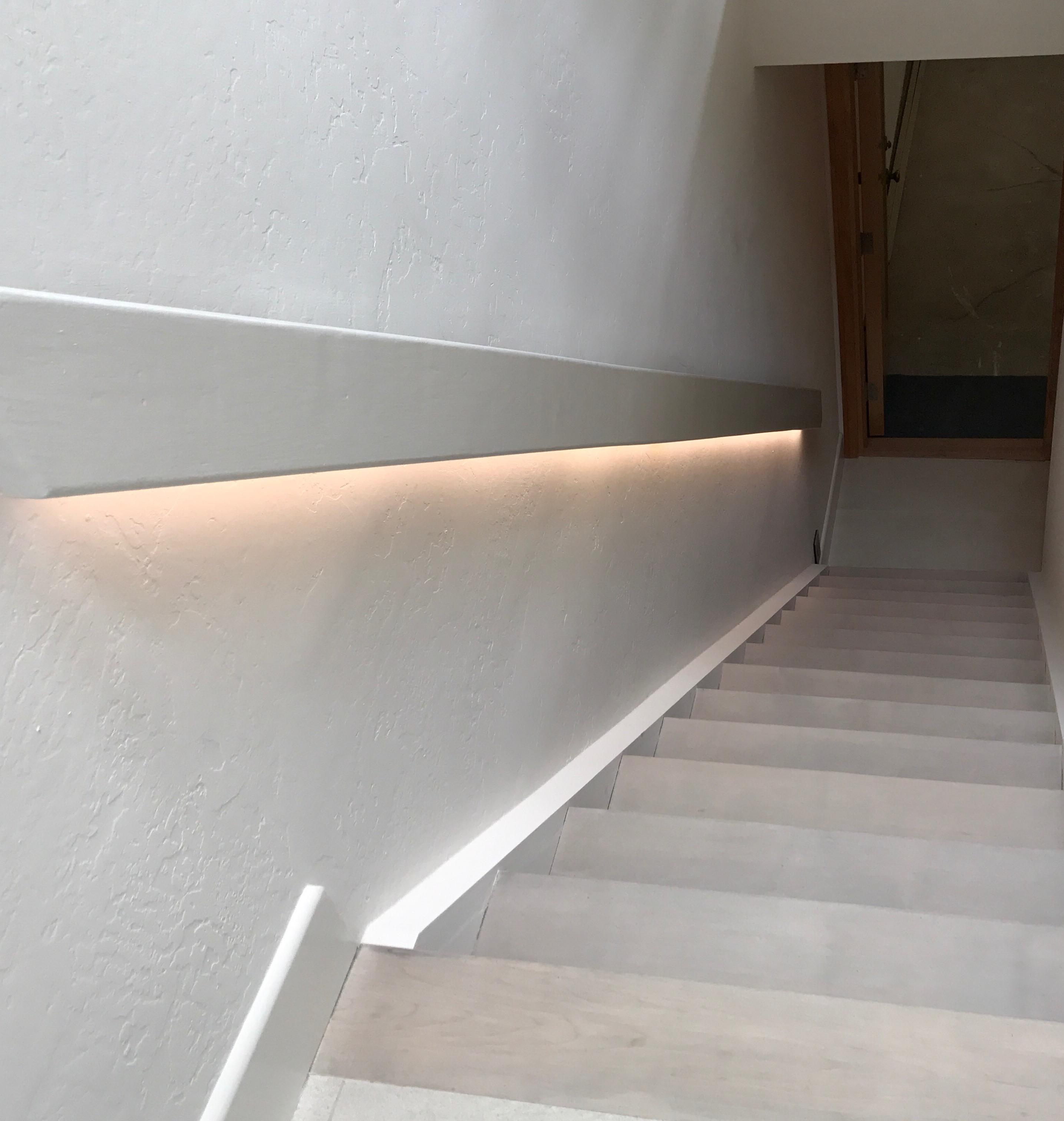

The loose structure of Black Lives Matter has contributed to confusion in the press and among activists, as actions or statements from chapters or individuals are sometimes attributed to "Black Lives Matter" as a whole. Garza has commented that the Network was not interested in "policing who is and who is not part of the movement." Local Black Lives Matter chapters are asked to commit to the organization's list of guiding principles but operate without a central structure or hierarchy. Garza described the network as an online platform that existed to provide activists with a shared set of principles and goals. In 2013, Patrisse Cullors, Alicia Garza, and Opal Tometi formed the Black Lives Matter Network. Activist DeRay McKesson has commented that the movement "encompasses all who publicly declare that black lives matter and devote their time and energy accordingly." Such differences have been the subject of scholarly literature. The structure differs from previous black movements, like the Civil rights movement of the 1950s and 1960s. As a movement, Black Lives Matter is grassroots and decentralized, and leaders have emphasized the importance of local organizing over national leadership. The phrase "Black Lives Matter" can refer to a Twitter hashtag, a slogan, a social movement, a political action committee, or a loose confederation of groups advocating for racial justice. Structure and organization Loose structure In 2023, about 51% of adults in the United States express their support for the movement, while in 2020 some 67% of Americans expressed support for the Black Lives Matter movement. The popularity of Black Lives Matter has shifted over time. It comprised many views and a broad array of demands but they centered on criminal justice reform. An estimated 15 million to 26 million people participated in the 2020 Black Lives Matter protests in the United States, making it one of the largest movements in the country's history. The movement returned to national headlines and gained further international attention during the global George Floyd protests in 2020 following his murder by Minneapolis police officer Derek Chauvin. The originators of the hashtag and call to action, Alicia Garza, Patrisse Cullors, and Opal Tometi, expanded their project into a national network of over 30 local chapters between 20.

In the summer of 2015, Black Lives Matter activists became involved in the 2016 United States presidential election. Since the Ferguson protests, participants in the movement have demonstrated against the deaths of numerous other African Americans by police actions or while in police custody. It became nationally recognized for street demonstrations following the 2014 deaths of two more African Americans, Michael Brown-resulting in protests and unrest in Ferguson, Missouri, a city near St. The movement began in July 2013, with the use of the hashtag #BlackLivesMatter on social media after the acquittal of George Zimmerman in the shooting death of African-American teen Trayvon Martin 17 months earlier in February 2012. Despite being characterized by some as a violent movement, the overwhelming majority of its public demonstrations have been peaceful. The slogan "Black Lives Matter" itself remains untrademarked by any group. While there are specific organizations that label themselves simply as "Black Lives Matter," such as the Black Lives Matter Global Network, the overall movement is a decentralized network of people and organizations with no formal hierarchy. The movement and its related organizations typically advocate for various policy changes considered to be related to black liberation. It started following the killings of Trayvon Martin, Michael Brown, Eric Garner, and Rekia Boyd, among others. Its primary concerns are incidents of police brutality and racially motivated violence against black people.

Spread of protests outside the United States.

Multiple mass protests in the United States.Racial discrimination against black people and other minorities


 0 kommentar(er)
0 kommentar(er)
